Skip to content
ChatGPT & Streamlit
 Sec 2 - Introduction to Streamlit
Sec 2 - Introduction to Streamlit
Introduction to Streamlit with ChatGPT Integration Tutorial
Streamlit is a powerful tool that enables developers to create and share beautiful, interactive web applications quickly and with minimal effort. This tutorial will guide you through the process of installing Streamlit, creating a basic web application, and then integrating ChatGPT into it.


Part 1: Installing Streamlit
Step 1: Set Up Python Environment
Before installing Streamlit, ensure you have Python installed. Streamlit runs on Python versions 3.7 and newer. You can download Python from the official .
Step 2: Install Streamlit
Open your terminal or command prompt and run the following command to install Streamlit:
pip install streamlit
Step 3: Verify Installation
To check if Streamlit was installed correctly, run:
streamlit hello
This command launches the Streamlit welcome page in your default web browser.
Part 2: Creating a Basic Streamlit Application
Step 1: Create a New Python Script
Create a new Python file named app.py. This file will contain the code for your Streamlit application.
Step 2: Import Streamlit
At the top of your app.py, import Streamlit using:
import streamlit as st
Step 3: Add Elements to Your Web App
You can add different elements to your app by using Streamlit’s built-in functions. Below is a simple example:
import streamlit as st
# Title of the application
st.title('My First Streamlit App')
# Some text
st.write("Hello, this is a simple example of a Streamlit app. You can add text, data, plots, and more to this sidebar.")
# Input from the user
user_input = st.text_input("Enter some text")
# Display the input
st.write(f'You entered: {user_input}')
Step 4: Run Your Application
Save your app.py file and run it by typing the following in your terminal:
bash
Copy code
streamlit run app.py
Your default browser should open automatically and display your new Streamlit app.
Part 3: Integrating ChatGPT with Streamlit
Step 1: Obtain API Access
To integrate ChatGPT, you will need access to the OpenAI API. You can apply for access at the .
Step 2: Install OpenAI Python Library
Once you have your API key, install the OpenAI Python library using pip:
pip install openai
Step 3: Update Your Streamlit App
Modify your app.py to integrate ChatGPT. Here is an example of how to do it:
import streamlit as st
import openai
# Set your API key here
openai.api_key = 'your-api-key-here'
st.title('ChatGPT Integration Example')
user_input = st.text_input("Ask something from ChatGPT:")
if user_input:
response = openai.ChatCompletion.create(
model="gpt-3.5-turbo",
messages=[{"role": "system", "content": "You are a helpful assistant."},
{"role": "user", "content": f"{user_input}"}]
)
st.write(response['choices'][0]['message']['content'])
Step 4: Run Your Updated App
Run your updated Streamlit app to see ChatGPT in action:
streamlit run app.py
This will enable users to type in questions and get responses generated by ChatGPT. Adjust the parameters and customize the application according to your needs.
That concludes your introduction to creating interactive web applications with Streamlit and integrating them with ChatGPT for dynamic user interactions. Experiment with different configurations and explore Streamlit's extensive to enhance your applications further.
Want to print your doc?
This is not the way.
This is not the way.

Try clicking the ⋯ next to your doc name or using a keyboard shortcut (
CtrlP
) instead.